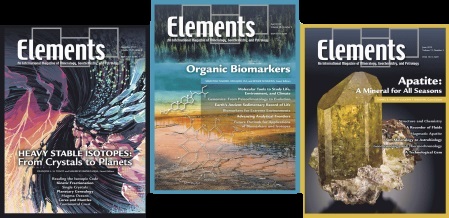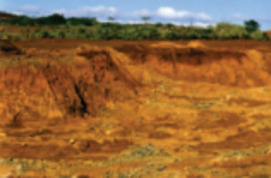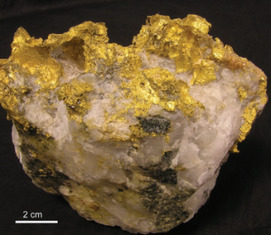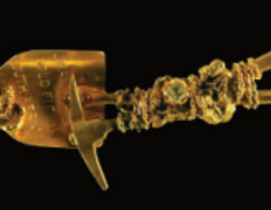Nickel Laterite Ore Deposits: Weathered Serpentinites
Nickel laterite ores account for over 60% of global nickel supply. They are the product of intensive deep weathering of serpentinites under humid tropical conditions. Nickel is concentrated to over 1.0 wt% and is hosted in a variety of secondary oxides, hydrous Mg silicates and smectites. The formation, mineralogy and grade of the deposits are controlled by the interplay of lithology, tectonics, climate and geomorphology. Most deposits have a multi-phase development, evolving as their climatic and/or topographic environment change. The richest deposits (>3 wt% Ni) formed where oxide-rich regoliths were uplifted and Ni leached downwards to concentrate in neo-formed silicates in the saprolite.
Nickel Laterite Ore Deposits: Weathered Serpentinites Read More »




